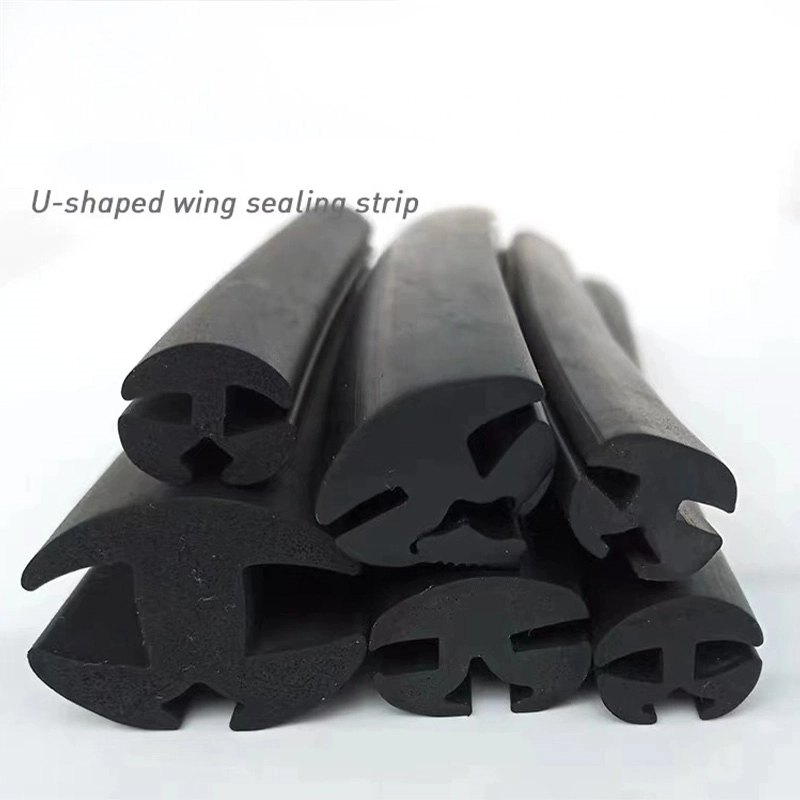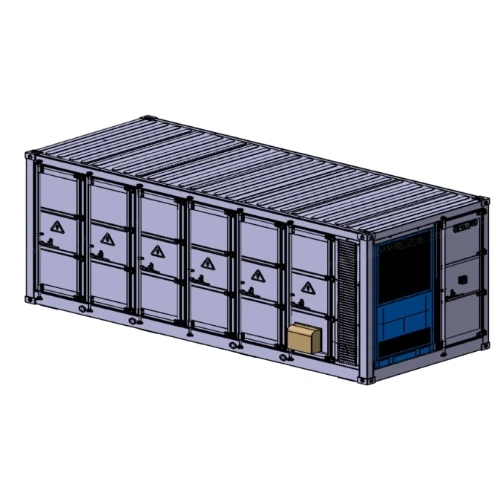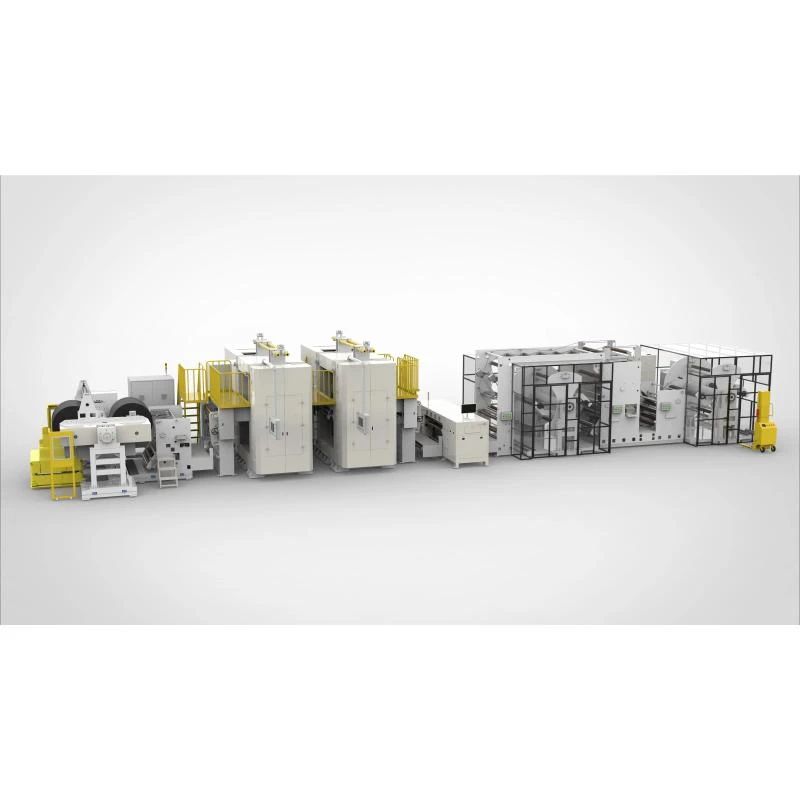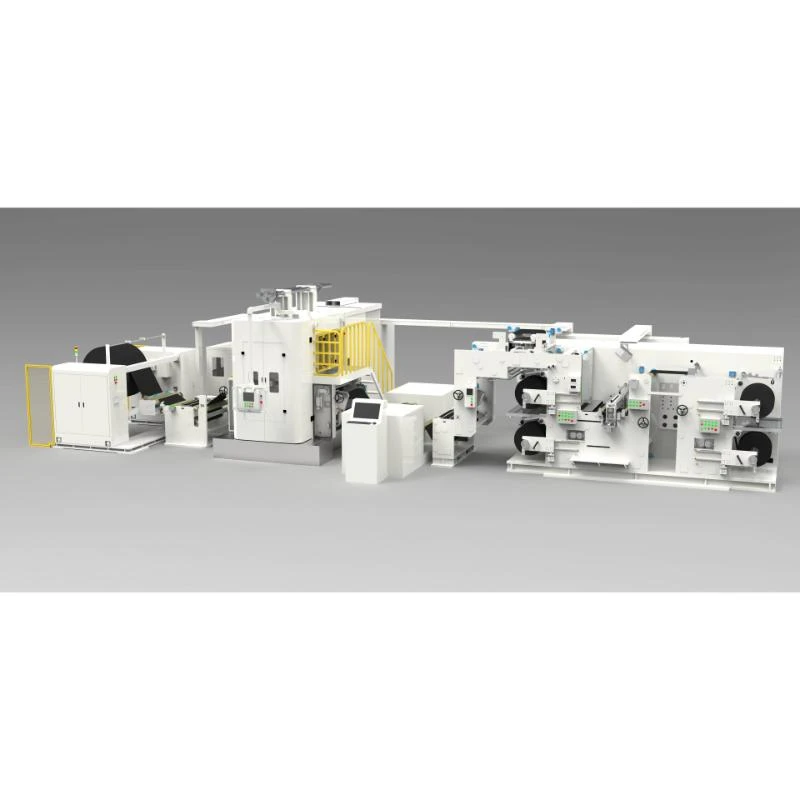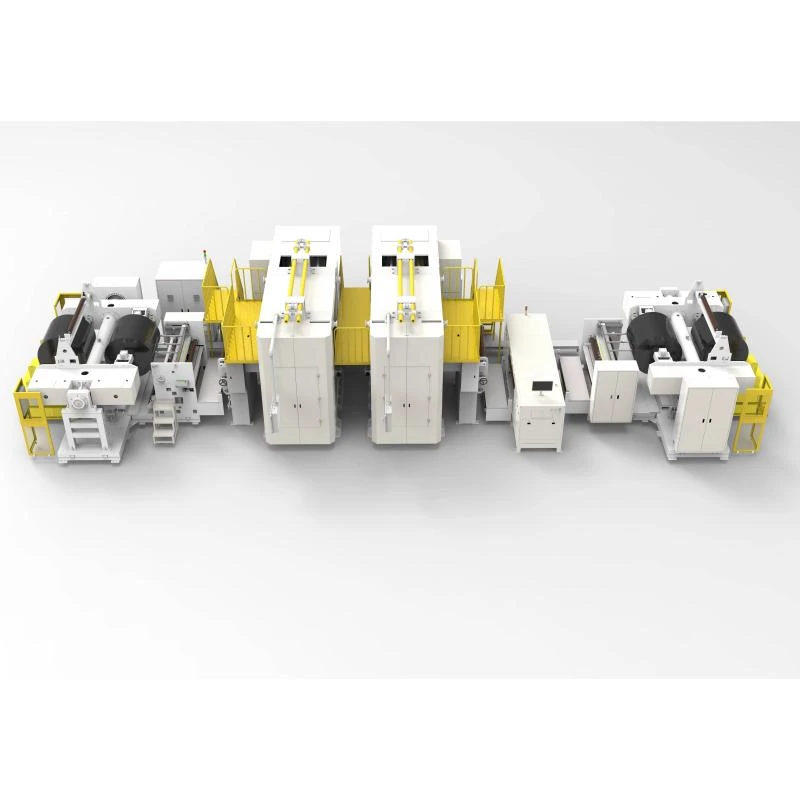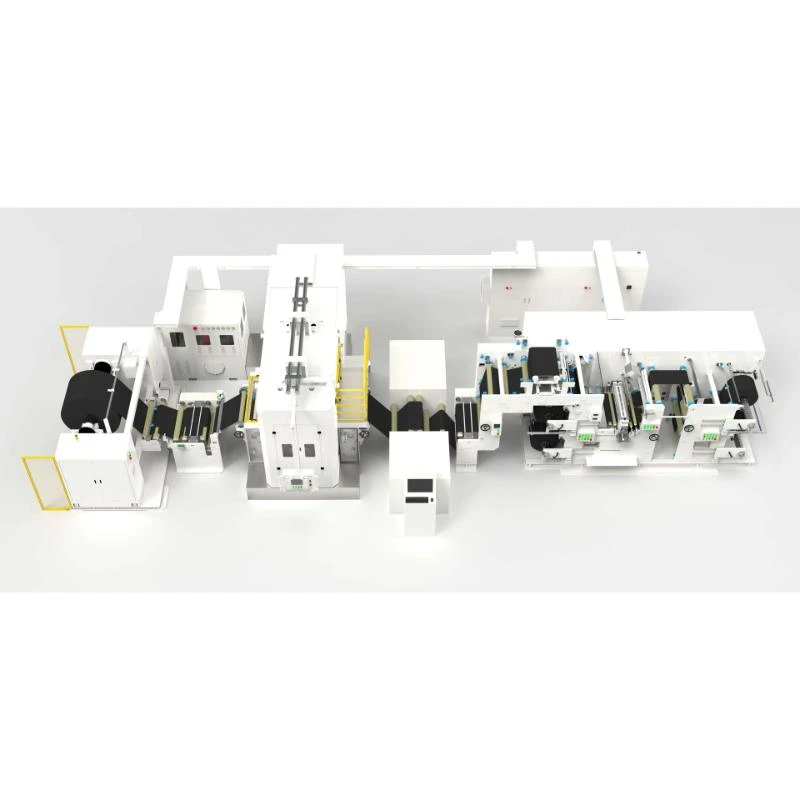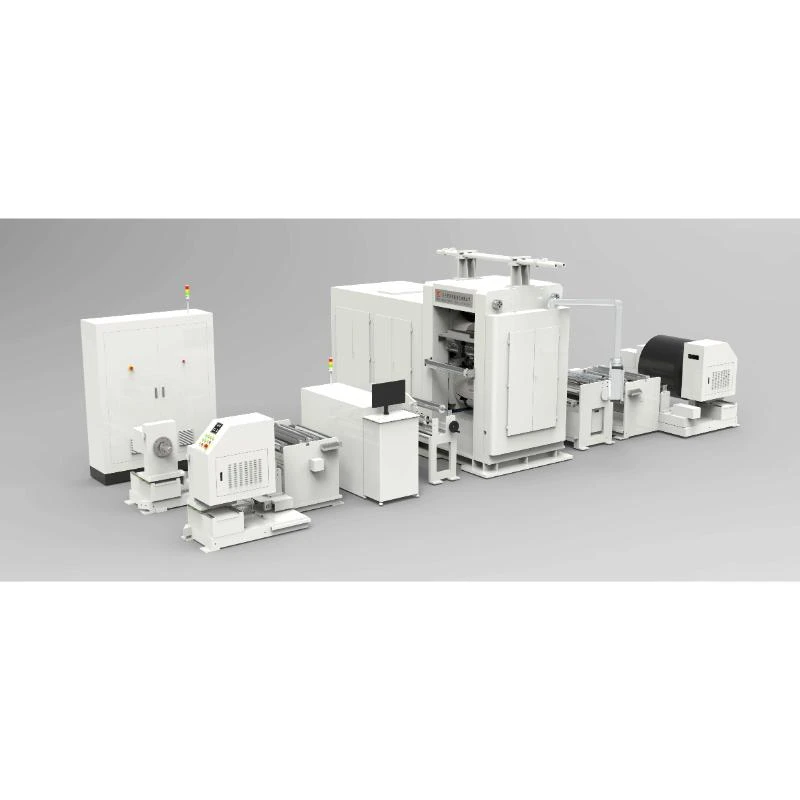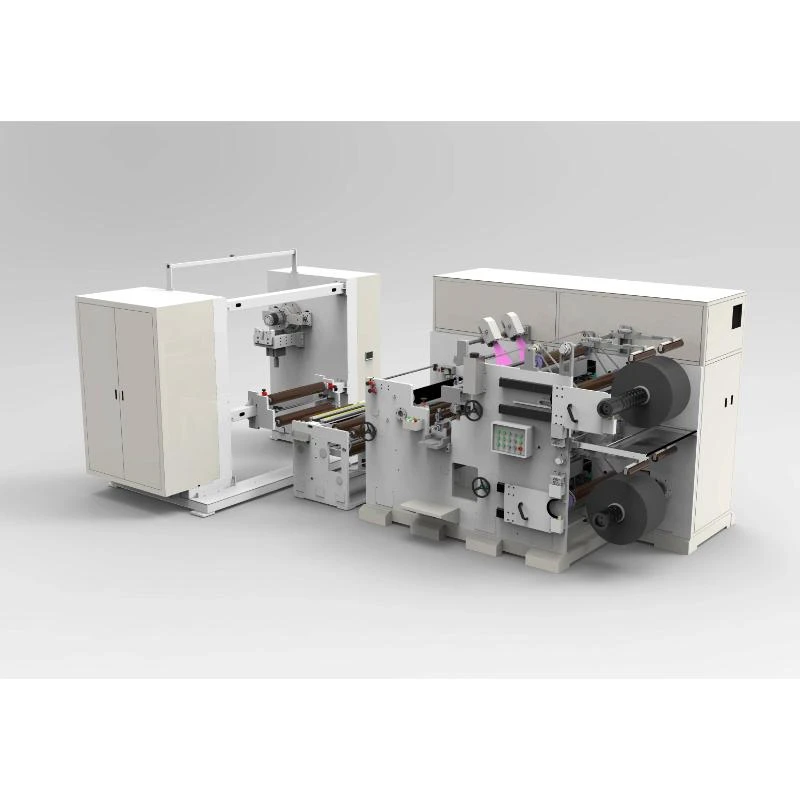Lithium Cell Assembly Equipment with GPT-4-Turbo AI
In the rapidly developing lithium battery sector, equipment for lithium cell assembly has become crucial for high-efficiency production, automation, and quality control. This in-depth guide explores core machinery, latest industry shifts, technology insights, and delivers comprehensive comparisons among lithium ion battery assembly line technologies, production equipment specifications, and top battery assembly line manufacturers.
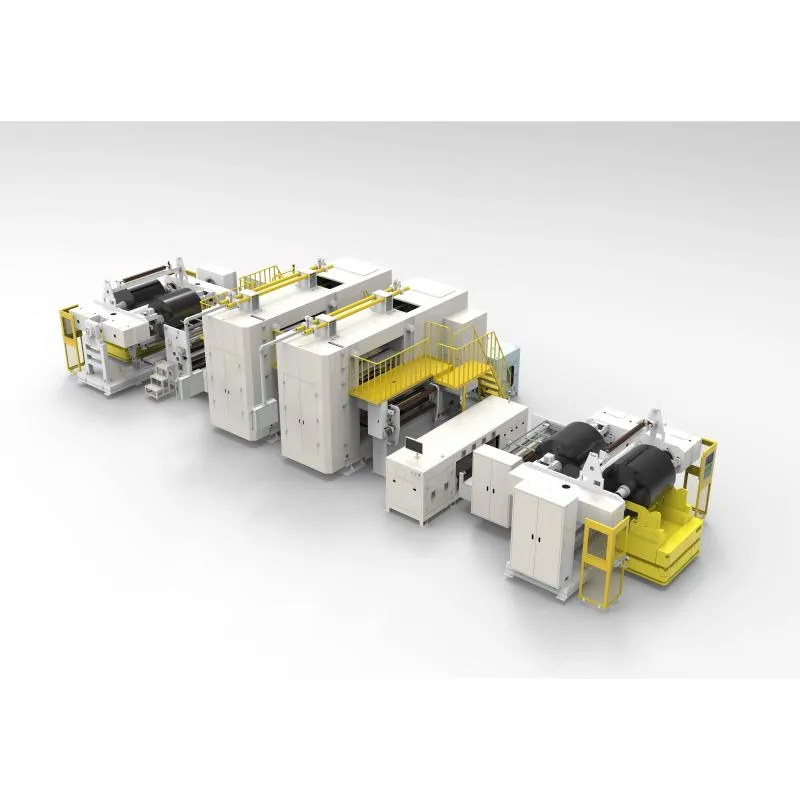
1. Industry Background & Recent Trends in Lithium Cell Machinery
The global lithium cell assembly equipment market is projected to reach USD 7.9 billion by 2027 (source), driven by surging EV adoption, grid-scale storage, and rapid innovation in smart automation. Battery assembly line manufacturers focus on minimizing manual intervention, maximizing throughput, and ensuring strict product consistency.
- Automation rate of advanced lithium ion battery production equipment now exceeds 93%.
- Global average cell defect rate (NG rate) dropped below 0.8% in 2023.
- Investment in digital twin and AI-based predictive maintenance is up 53% YoY.
- Key assembly parameters routinely monitored include tab positioning accuracy (<±0.15mm), ultrasonic welding consistency, and in-line thickness measurement (±2μm).
2. Equipment For Lithium Cell Assembly: Core Technologies & Parameter Comparison
Leading equipment for lithium cell assembly integrates robotic winding, precision electrode coating, calendaring, slitting, and advanced splicing. Manufacturers invest in high-spec material handling and vision inspection to deliver defect-free, high-throughput assembly solutions.
| Model / Equipment | Main Process | Output (Cells/min) | Precision | Core Materials | Certifications | Applicable Cell Type |
|---|---|---|---|---|---|---|
| XT-SD 900*1500 | Continuous rolling, dual-line splicing | 48+ | ±0.15mm | 7365 tool steel, 6061-T6 Alu | ISO9001, CE | Li-ion, LiFePO4 |
| YJ-AutoAssy-1200 | Automatic winding & lamination | 34 | ±0.18mm | SKD11, POM resin | ISO, ANSI | Li-ion, LCO |
| ZL-HiPrecise-850 | Manual/Auto slitting & stacking | 22 | ±0.21mm | 45# steel, ABS | ISO9001 | Li-ion, Li(NiMnCo)O2 |
| Sunwell 1000L | Pouch case forming | 39 | ±0.19mm | SS304, EPDM rubber | UL, CE | Polymer Li-ion |
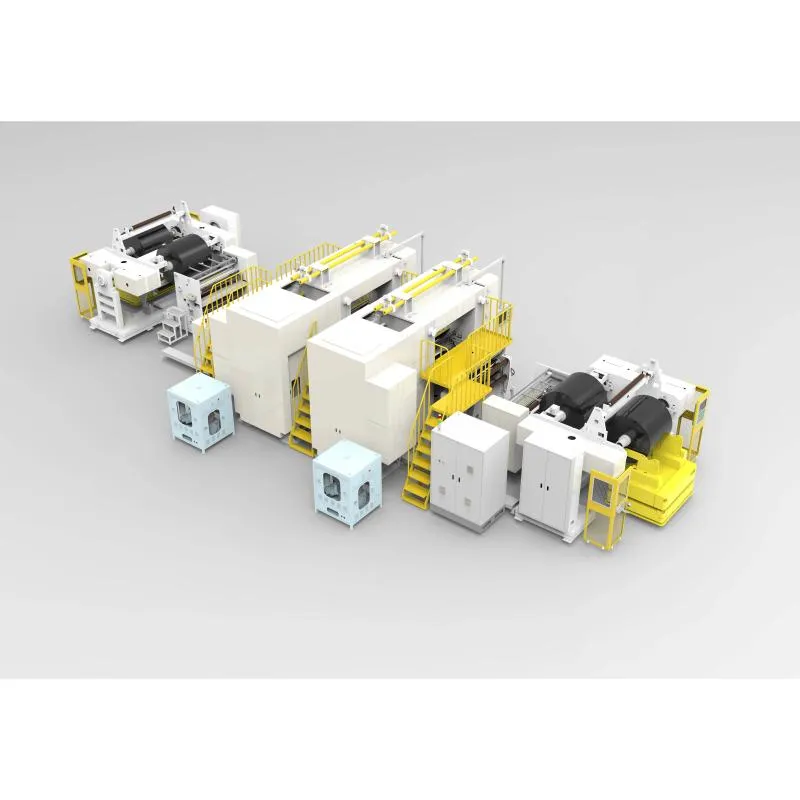
3. Technology Focus: 900*1500 Negative Electrode Double-Machine Continuous Rolling Automatic Splicing Integrated Machine
As a flagship in lithium ion battery production equipment, the 900*1500 Negative Electrode Double-Machine Continuous Rolling Automatic Splicing Integrated Machine stands out for its innovative process control, exceptional uniformity, and robust build quality. Here’s an in-depth look at its technical specifications and production workflow.
a) Process Flow Visualization

b) Materials, Machining, and Standards
- Frame & Rollers: Aerospace-grade 6061-T6 aluminum and high-hardness 7365 alloy tool steel—CNC machined for ultra-low vibration.
- Control Electronics: Siemens/Omron PLC, industrial bus (EtherCAT), 21 CFR Part 11-compliant data logs.
- Manufacturing: Core precision parts produced via CNC high-speed turning, grinding, and in-situ laser inspection (ISO 9001:2015, ANSI B11.19, and UL certified).
- Surface Protection: Full-body anti-oxidation anodizing and multi-stage anti-corrosion coatings ensure >5-year service life in acid/alkali-rich environments.
- Sector Standards: EN60204-1 electrical safety, RoHS-compliant, passed multiple EU and North American OEM audits.
c) Technical Highlights & Application Advantages
- Dual independent drive lines optimize both speed and defect isolation; up to 22% energy savings vs. traditional single-track systems.
- Real-time closed-loop adjustment ensures material stability and zero stacking shift, validated across 1+ million cycles (internal QC report, 2024).
- Modular build supports quick line shifting for varied electrode sheet sizes.
- Optimized for industries like EV, aerospace batteries, grid-level storage, smart wearable cells, and advanced power tool batteries.
- Corrosion-resistant and maintenance-friendly for petrochemical, metallurgical, and damp cleanroom applications.
4. Manufacturer Comparison & Customization Capabilities
| Manufacturer | Years of Experience | Global Installations | Core Strengths | Customization | Key Partners | Certs/Standards |
|---|---|---|---|---|---|---|
| XT SHUODING | 18+ | 470+ | Multiple patents, fastest dual-motor splicing | Full, per line/process | CATL, BYD | ISO, CE, RoHS |
| YJ Automation | 15 | 320 | Compact lines, modularity | Partial | LG, A123 | ISO, UL |
| ZL Precision Equip | 12 | 170 | R&D driven, vision QC | Partial | BYD, Farasis | ISO, ANSI |
- XT SHUODING offers personalized process adaptation, multi-lingual training, on-site commissioning, and long-term maintenance contracts for lithium cell machinery.
- Turnkey installation and seamless integration with MES/ERP/monitoring systems assure compatibility with varied factories.
- OEM/ODM available for unique cell chemistries and form factors.
5. Workflow Illustration: From Order to Delivery
- Requirement analysis & sample validation (with DOE & pilot run report).
- Equipment customization (mechanical + software co-design).
- Process adaptation (optional FMEA/Fixture design review).
- Production & QA Inspection (ISO 2859 sampling, FAT/SAT supported).
- Packing, shipping, on-site install (CE/UL certified delivery).
- Ongoing technical support, preventive maintenance, remote upgrades.
| Typical Lead Time | Warranty | Remote Support | On-site Service |
|---|---|---|---|
| 65-120 days (custom) | 24 Months | YES (24/7) | YES (global network) |
6. Typical Application Cases & Client Feedback
A customized installation of the XT-SD 900*1500 Negative Electrode Double-Machine Automatic Line achieved a 17% productivity boost and reduced defective cell ratio by 45% over legacy equipment. The line passed all ISO/IEC 61508 safety checks and supports an average output of 58,000 cells/day.
The corrosion-resistant frame and anti-static surface finish ensured +4 years of uninterrupted operation, even with high acid gas exposure. Local staff cite "stable clamp alignment, ultra-low vibration, and seamless tech support."
Demanded changeover for both Li-ion and LFP formats; machine's CNC adjustable die and digital parameter recall enabled ≤7 min downtimes—surpassing OEM solutions by 38% in operational availability.
Verified testimonial (2024): "The XT SHUODING splicing system dramatically shortened our product intro cycle, allowing precise splicing and traceable QC data—essential for cell traceability and liability control."
7. Professional FAQ on Equipment For Lithium Cell Assembly
8. Why Choose XT SHUODING Equipment for Lithium Cell Assembly?
- Proven Expertise: 18+ years specializing in equipment for lithium cell assembly, numerous invention patents, and global reference plants.
- Authoritativeness: Partnerships with CATL, BYD, and compliance with ISO/UL/CE/FDA standards cited in major lithium industry articles (Batteries International).
- Customization & Support: Fully modular design, rapid customization, and 24/7 remote technical service—reinforced by global on-site support teams.
- Trustworthiness: Provides clear warranty (24 months), hands-on FAT/SAT acceptance, and independent third-party QC traceability. QC reports and references available upon request.
9. References & Industry Insights
Share
-
The Best Lubricants for Aluminum Roller GuidesNewsJul.23,2025
-
Slitting Machine Applications in the Packaging IndustryNewsJul.23,2025
-
Rolling Roller Balancing Techniques for Smooth OperationNewsJul.23,2025
-
How To Optimize An EV Battery Assembly LineNewsJul.23,2025
-
Energy Efficiency in Modern Battery Formation EquipmentNewsJul.23,2025
-
Automation Trends in Pouch Cell Assembly EquipmentNewsJul.23,2025
